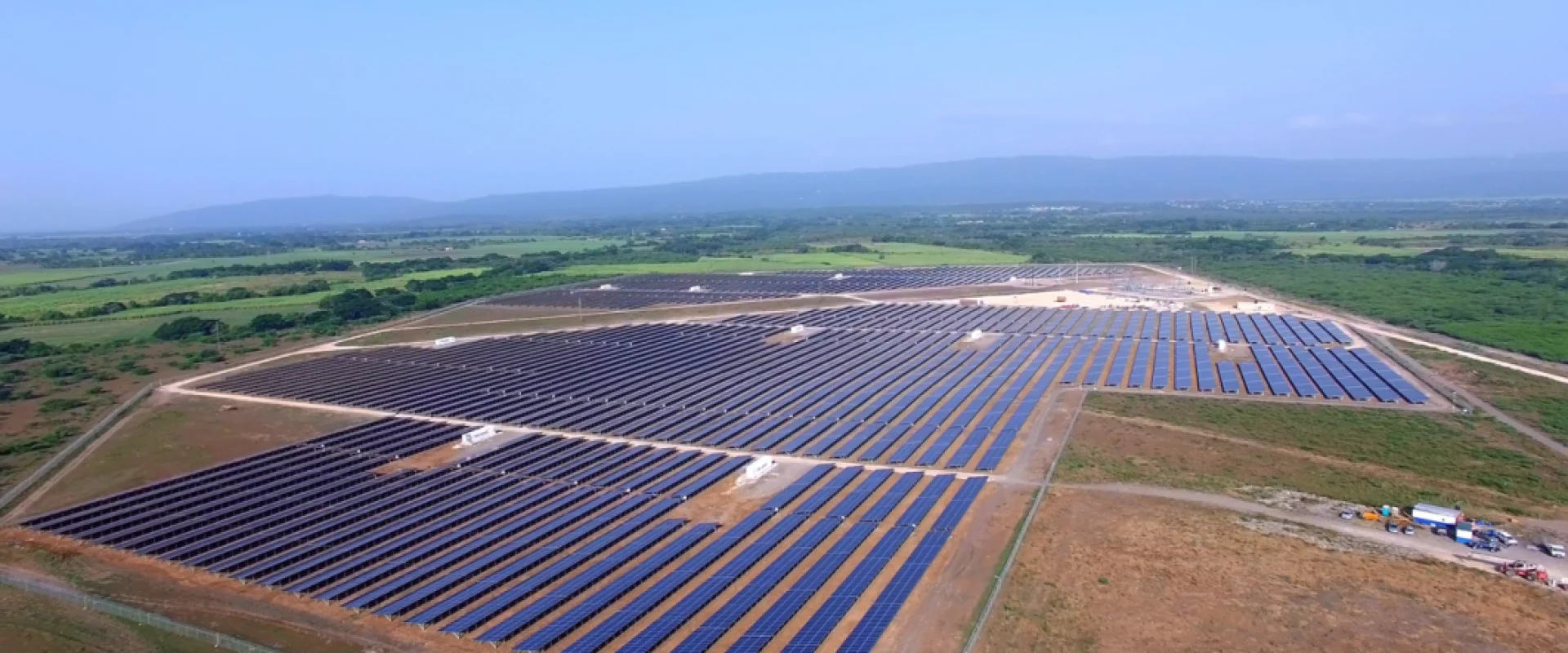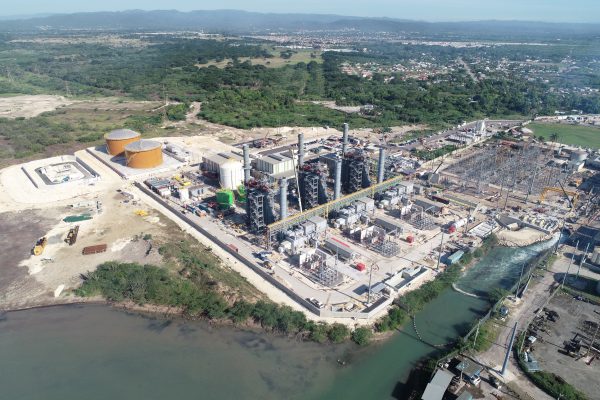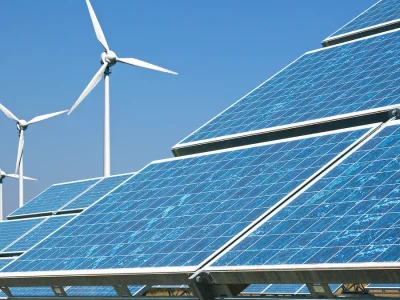- +1 (876) 920-4539
- info@gpe.gov.jm
- Mon-Fri: 8am – 5pm

What We Do
& How We Do It
The Generation Procurement Entity (GPE) is mandated by the Government of Jamaica to develop and implement the process for the procurement of new generating capacity...
More About Us Contact
JPS preps for Hunts Bay power plant development
Power utility Jamaica Public Service Company, JPS, has started preparatory work on its Hunts Bay plant, which will be converted to run on liquefied natural gas – one of two…
View Project More Projects
New Jamaica PPA details disclosed
Reading Time: 2 minutes 100 MW renewable energy being sought in this latest call Durrant Pate/Contributor Jamaica has gone to market for 100 megawatts (MW) of renewable power, as the authorities have…
View Article More NewsThe Auction Process
We have established a corporate mandate to maintain a strong auction process which will help us to select the right partners.
Publication Of EoI
The purpose of the Call for the Expression of interest (EoI) is to request interest from investors regarding proposals for new electricity generation capacity.
Consultation Period
During this period a consultation window will be opened allowing for questions concerning the Open Call for Tender process and draft documentation.
Presentation of EoI
Expression of interest (EoI) should be submitted electronically to the GPE via email at info@gpe.gov.jm in english for review.
Call for tender
The GPE will call for the presentation of Bids from legalised local or foreign entities to execute power purchase agreements (PPA) with JPS.
Developing And Implementing The Processes For The Procurement Of New Generating Capacity
The Generation Procurement Entity (GPE) was re-established January 2020 by way of Cabinet Decision for the purpose of processing new generating capacity.
The Entity was created to manage and administer the process for the procurement, by means of competitive bidding, of generation capacity by potential Independent Power Producers (IPPs) for sale of electricity to the Single Buyer. Such IPPs may be local and/or international which the GPE would be required to engage in an open and transparent manner.
The GPE is responsible to lead and manage the implementation and replacement of baseload generation in keeping with the Integrated Resource Plan (IRP) which projects a twenty-year electricity generation for the country.
Quality
We are committed to providing high quality service while continually improving our operations.
Reliability
We pride ourselves on consistently providing top-notch service.
Innovation
We strive to continuously improve our processes through new and dynamic methods.

254
Projects Completed
South Jamaica Power Company (SJPC) Launches New – 194 Mw Natural Gas Plant
December 24, 2019 South Jamaica Power Company (SJPC), a JPS affiliate company has completed rigorous…
Recent Articles
Follow our latest news and thoughts which focuses exclusively on insight, industry trends, top news headlines.
New Jamaica PPA details disclosed
June 7, 2023Reading Time: 2 minutes 100 MW renewable energy being sought in this latest call Durrant Pate/Contributor Jamaica…
Read MoreGREENMAP and the Government of Jamaica work together to scale up renewables in the country
May 30, 2023Brussels – On April 11, the Global Renewable Energy Mass Adoption Programme (GREENMAP) and the…
Read MoreJamaica issues call for expressions of interest to supply renewable energy to the island
May 30, 2023Jamaica issued a long-awaited call for expressions of interest to supply the island with renewable…
Read More


